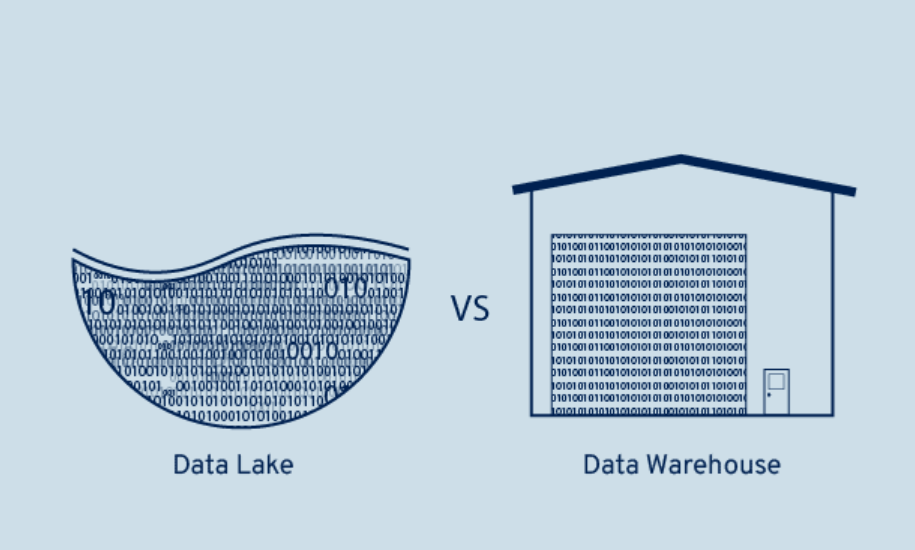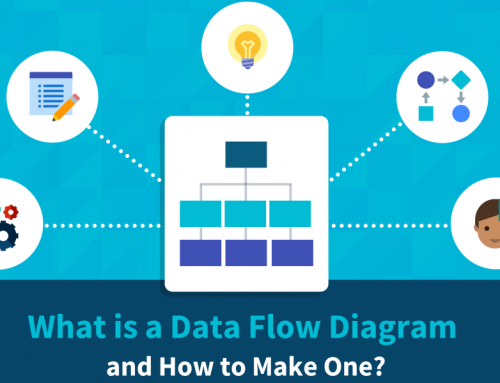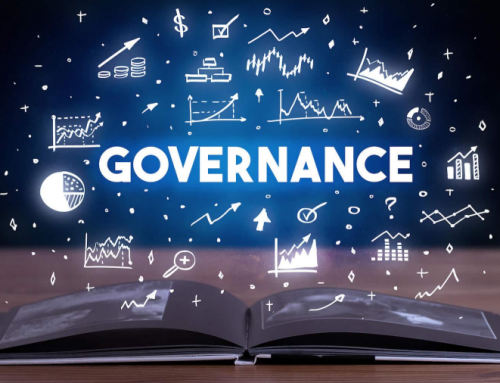Data Lake Governance: Benefits, Challenges, and Getting Started
A successful data governance program leverages policies, standards, and processes to create high-quality data and ensure that it is properly utilized across the organization. Data governance initially focused on structured data in relational databases and traditional data warehouses, but things changed. If your business has a data lake environment from which you want accurate analytics, you also need to deploy proper data lake governance as part of an overall governance plan.
But data lakes present various challenges for all areas of enterprise data management, including data governance. Below we will explore some of the main governance challenges and the benefits of effectively governing a data lake.
First, though, let’s define what a data lake is: it refers to a data platform that holds large amounts of raw data, often including various structured, unstructured, and semi-structured data types. It is usually built on top of Hadoop, Spark and other big data technologies.
While most data warehouses store data in relational tables, data lakes use a flat schema. Each data element is assigned a unique identifier and is marked with a set of metadata tags. Therefore, a data lake is not as structured as a data warehouse. The data is usually kept in its original format and sorted, organized, and filtered as needed for specific analytical purposes, not when it is loaded into a data lake.

Data Lake Governance
Data Lakes and Data Swamps:
If a data lake is not well managed and governed, it can turn into a swamp instead of a lake. Data is dumped into platforms without proper oversight and logging, making it difficult for data management and governance teams to keep track of what’s in the data lake. This can lead to issues with data quality, consistency, reliability and accessibility.
As a result, data scientists, data engineers, and other end users may not be able to find relevant data for analytical applications. Worse yet, data swamps can lead to analytical errors and ultimately poor business decisions. Data security and privacy protections may not be properly applied, putting an organization’s data assets and its business reputation at risk. To avoid this swampy situation, enterprises must manage the data lake environment.
Benefits of Data Lake Governance:
Effective data governance enables businesses to improve data quality and maximize the use of data for business decisions, which can lead to operational improvements, stronger business strategies, and better financial performance. The same principle applies to governance data lakes as it does with other types of systems. Specific benefits provided by data lake governance include:
- Increase access to relevant data for advanced analysis. In a well-managed data lake, it is easier for data scientists and the rest of the analytics team to find the data they need for machine learning, predictive analytics, and other data science applications.
- Spend less time preparing data for analytical purposes. While data in a data lake is usually kept in its raw form, knowing that a specific application requires it, in a regulated environment the data preparation process can be shortened. For example, upfront data cleaning reduces the time to fix data errors and other issues later.
- Reduce IT and data management costs. By preventing the data lake from getting out of control, the required data processing and storage resources can be reduced. It also reduces overall data management needs by improving data accuracy, neatness, and consistency.
- Improve the security and regulatory compliance of sensitive data. A common use case for a data lake is to help with marketing and sales. Therefore, they usually contain sensitive confidence about the customer. Strong governance of the data lake helps to help this data be properly protected and not misused.
Data Lake Governance Challenges:
Companion data management disciplines of data governance include data quality, metadata management, and data security, all of which affect data lake governance and its challenges. Here are five common data governance challenges encountered in data lake deployments.
- Identify and maintain the correct data sources. In many data lake implementations, source metadata is not captured or is not available at all, making the validity of the data lake content questionable. For example, the business owner of a system of record or dataset is not listed, or apparently redundant data can cause problems for data analysts. At a minimum, source metadata for all data in the data lake should be documented and made available to users to gain insight into where it came from.
- Metadata management issues. Metadata is an important part of providing context for the content of a dataset and making it easy to understand and use in applications. But many data lake deployments do not apply the correct data definition to the collected data. Additionally, because raw data is typically loaded into a data lake, many enterprises do not have the steps in place to validate the data or apply organizational data standards. The data in the data lake is of little use for analytics due to lack of proper metadata management.
- Data governance and data quality lack coordination. Uncoordinated data lake governance and data quality efforts can lead to low-quality data entering the data lake. When data is used to analyze and drive business decisions, this can lead to inaccurate results, leading to a loss of confidence in the data lake and a general mistrust of data across the organization. An effective data lake implementation requires data quality analysts and engineers to work closely with the data governance team and business data stewards to apply data quality policies, analyze the data, and take necessary actions to improve its quality.
- Lack of coordination between data governance and data security. In this case, data security standards and policies that are not properly applied in the governance process can lead to problems accessing personal data and other types of sensitive data protected by privacy regulations. Although data lakes are designed to be fairly open data sources, security and access controls are still required, and data governance and data security teams should work together on the data lake design and loading process and ongoing data governance efforts.
- Conflicts between business units using the same data lake. Different departments may have different business rules for similar data, which can lead to inability to reconcile data discrepancies for accurate analysis. Having a robust data governance program with an enterprise view of data policies, standards, procedures and definitions, including an enterprise business glossary, can reduce the problems that arise when multiple business units use a data lake. If an enterprise has multiple data lakes, each data lake should be included in the data lake governance process and assigned a business data steward.
How to start managing data lakes?
As with data governance in other types of systems, common initial steps for data lake governance include:
- Document the business case for managing the data lake, including data quality metrics and other ways to measure the benefits of management efforts.
- Find executives or business sponsors to help gain approval and funding for governance efforts.
- If you don’t already have a data governance structure in place, create one that includes a governance team, data stewardship, and a data governance committee – made up of business leaders and other relevant data owners.
- Work with the governance committee to develop data standards and governance policies for the data lake environment.
Another good initial step is to build a data catalog to help end users locate and understand the data stored in the data lake. Or, if you already have a catalog of other data assets, you can expand it to include a data lake. The data catalog captures metadata and creates an inventory of available data that users can search to find the data they need. You can also embed information in the catalog about your organization’s data governance policies, as well as mechanisms for enforcing rules and restrictions.
In conclusion, the value of a data lake can be significantly enhanced by including strong data governance as well as metadata management, data quality, and data security processes in designing, loading, and maintaining the data environment. The active involvement of experienced professionals in all of these areas is also crucial. Otherwise, your data lake may indeed become more of a data swamp.
Conclusion
Thank you for reading our article and we hope it can help you to have a better understanding of data lake governance. If you want to learn more about data lake governance, we would like to advise you to visit Gudu SQLFlow for more information.
As one of the best data lineage tools available on the market today, Gudu SQLFlow can not only analyze SQL script files, obtain data lineage, and perform visual display, but also allow users to provide data lineage in CSV format and perform visual display. (Published by Ryan on Jul 3, 2022)
If you enjoy reading this, then, please explore our other articles below:



